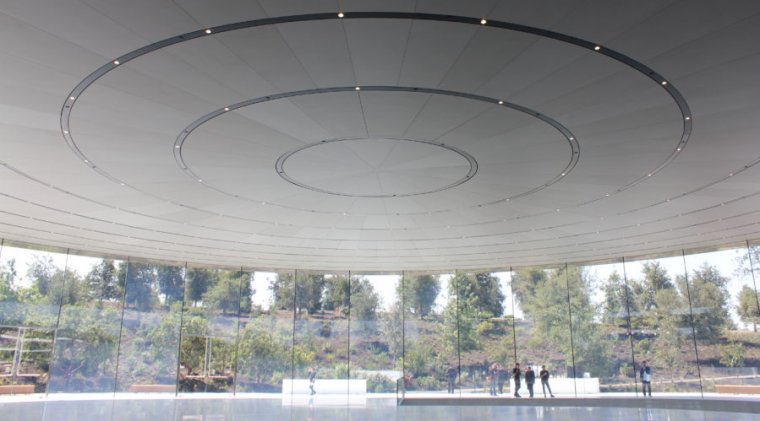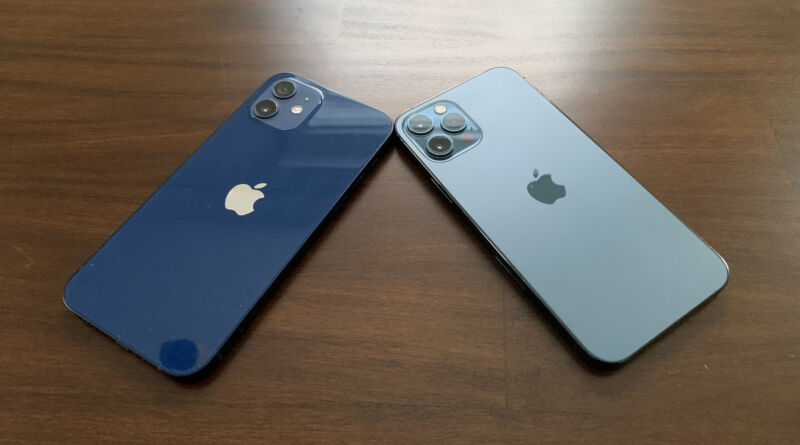-
chevron_right
Apple Patches iPhone Zero-Day
news.movim.eu / Schneier · Thursday, 15 December, 2022 - 16:43
The most recent iPhone update—to version 16.1.2—patches a zero-day vulnerability that “may have been actively exploited against versions of iOS released before iOS 15.1.”
News :
Apple said security researchers at Google’s Threat Analysis Group, which investigates nation state-backed spyware, hacking and cyberattacks, discovered and reported the WebKit bug.
WebKit bugs are often exploited when a person visits a malicious domain in their browser (or via the in-app browser). It’s not uncommon for bad actors to find vulnerabilities that target WebKit as a way to break into the device’s operating system and the user’s private data. WebKit bugs can be “chained” to other vulnerabilities to break through multiple layers of a device’s defenses.






